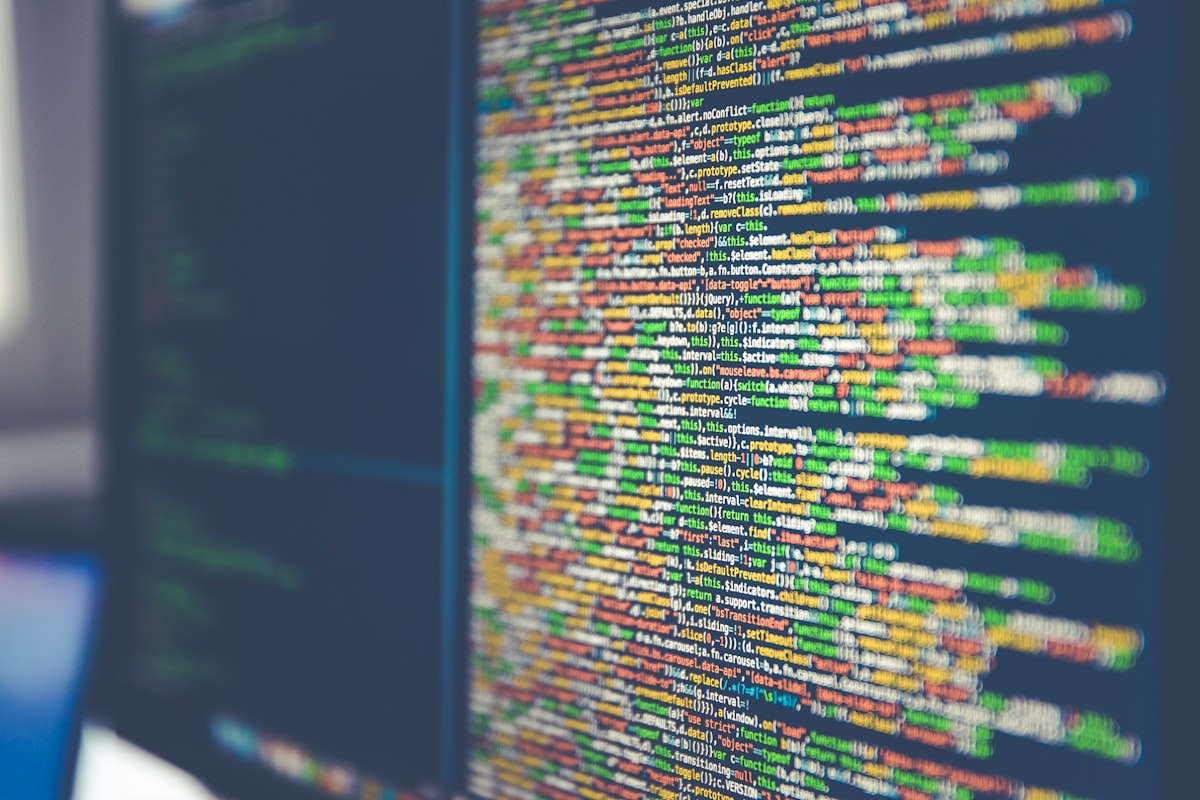ISSUAA Protocol Is Ready To Revolutionize The DeFi Derivatives Market

There are lots of bottlenecks with the centralized solutions of blockchain-based platforms offering derivatives asset services. Most countries have difficult-to-realize security laws and would not permit free trading without KYC and AML procedures. Decentralized solutions have also come to the rescue but have so far been at the receiving end of the high volatility of some of the assets.
To ensure that the derivative products issued in a decentralized platform and which mirror the underlying asset's value remain solvent at all times, the products need to be significantly over-collateralized. A good example is the Syhthetix platform that needs a collateralization ratio of up to 600%. The downside of over-collateralization is that it limits the potential returns to investors. This is where the ISSUAA Protocol comes in with its solutions. ISSUAA is a next-generation decentralized finance protocol for derivatives of real-world and crypto- assets on-chain. With its novel solutions, ISSUAA Protocol is on course to revolutionize the synthetic assets DeFi marketplace.
Understanding The ISSUAA Protocol
ISSUAA is a decentralized finance protocol designed to tokenize real-world and crypto assets like indices, stocks, commodities, cryptocurrencies, etc., on the public blockchain. In other words, ISSUAA Protocol enables the creation, minting, and development of synthetic assets that reflect the price of underlying real-world and crypto- assets. Another interesting thing about ISSUAA is that it provides one-of-a-kind attractive tokenomics for investors and liquidity providers (LPs).
The platform deploys a next-generation automated market maker (AMM) model. It is the first decentralized finance derivatives protocol that does not require over-collateralization to issue attractive returns to investors without excessive risks. Therefore, the ISSUAA Protocol offers best-in-class capital efficiency to liquidity providers and investors. Every USD stablecoin paid in by investors or liquidity providers for minting assets or providing liquidity to pools efficiently generates returns for investors and LPs. These investors and liquidity providers are not only rewarded with transaction fees (0.25%), but they also benefit from weekly granted ISSUAA Protocol tokens (IPTs).
The basic concept behind the platform is the issuance of synthetic assets as a pair. Whenever a user is minting new assets, the user will have to escrow a fiat pegged stablecoin, and in return, would receive a pair of synthetic ISSUAA asset tokens. This pair includes a long and short token relating to the underlying asset. While the long token mirrors the value development and price of the underlying asset, the short token mirrors the development of the underlying asset price inversely. For instance, if the price of an underlying asset increases by $1, the long token will increase in value by the same $1, while the short token will lose the same $1 in value. The implication is that the change in the value of the two assets combined will remain the same. Therefore, the underlying asset will remain fully funded in the ISSUAA protocol irrespective of the price direction of the underlying asset.
The ISSUAA Protocol Token (IPT)
The $IPT token will serve as the utility and governance token for the ISSUAA platform, which was set-up as a Decentralized Autonomous Organization (DAO) governed exclusively by the holders of the IPT token. Its supply is capped at 100 million IPTs, and they are distributed as a fair launch. By holding and staking the IPT token, users are granted the eligibility to vote on the platform's governance. This ensures that these voters have skin in the game because if a vote gives a wrong result, it will undermine the value of the user's token.
Most of the IPT tokens (60%; i.e., 60 million tokens) will be issued as a reward to platform users. Thereof 80% will go to the liquidity providers, while the remaining 20% goes to the IPT token holders taking part in governance votes over time. Every week, 3% of what is left of the 60 million tokens will be issued out as rewards. For instance, in the first week, 3% of 60 million will be 1.8 million tokens. The second week will be 3% of the remaining 58.2 million tokens, and the circle continues. You can see more details about tokenomics in the whitepaper.




